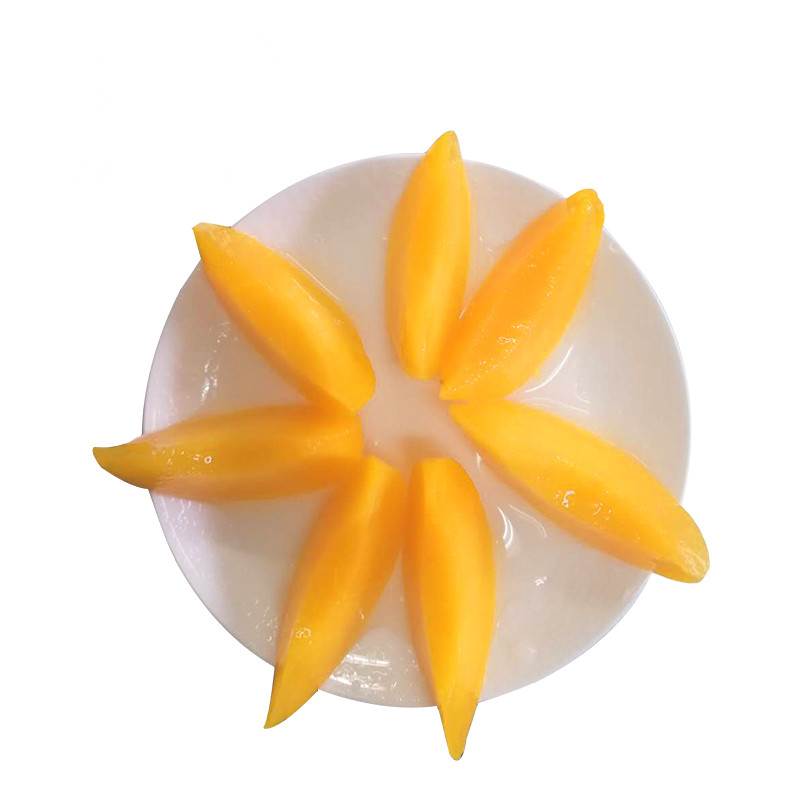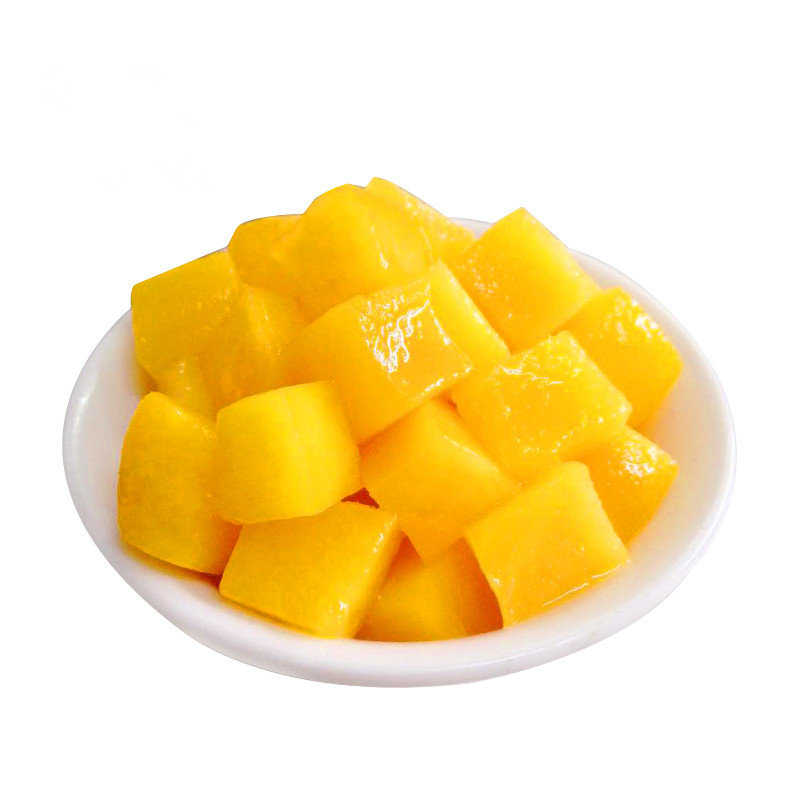For the introduction of aloe vera cultivation methods, Xiao Bian put his own experience in aquaculture to share with you: I usually keep aloe vera very good.
It is because we have to grasp three points in conservation: 1. We must be dry and not too wet. Do not always water; 2. Ventilation; 3. Can be properly used to wash with rice water.
Aloe farming method
Aloe vera hi-humid climate, hi light, drought, bogey water, fear of cold, when the temperature is hidden to 0 °C when the southern cold damage. Strict requirements on soil, planted in drought,
The leaves on the soil are lean-yellow and the leaves are hypertrophic and dark green in the fertile soil. Aloe vera grows and weeds, combined with loose soil or earth. Fertilize 3-4 times a year
, In summer, when it is hot and dry, water must be poured, and in the rainy season, remove water.
Aloe vera breeding methods: breeding with ramets and buds. Breeding: In the spring of March-April or in the fall of September-November, the seedlings that are planted around the mother plant are rooted.
Dig out and cut off the underground stems connected to the mother plant. Colonize each plant by 50cm50cm plant spacing. Dental Propagation: Cutting of terminal buds and lateral buds from mother plants
Long 5-10cm cuttings nursery, about 20d rooting planting.
(1) Dividing and breeding is the main breeding method of aloe. Artificially separate aloe vera plants from their parents and plant them separately to form an independent living
Aloe new plant. The division and reproduction can be carried out in the whole growth period of aloe, but the temperature conditions in the spring and autumn seasons are the most suitable. Spring and autumn
Breeding of aloe vera seedlings is quicker and easier, and as long as the bed is well ventilated, the aloe seedlings can grow quickly. In minutes
In the breeding process, two methods can be used for specific operations. One is grown from the sucker of the stem or root of the aloe, and the young plant with the young root is directly from the mother.
The body is peeled off and then transplanted to a nursery or production field. Another method is to use a ramet knife to separate seedlings sprouting from the parent strain, but do not dial
When they come out, still let the seedlings stay in place, let them grow for a period of time (usually about half a month), form an independent root system, reach a state of complete autotrophy, and then grow young.
Seedlings were transplanted with soil, planted in Daejeon, and planted with water in a timely manner. If the color of the aloe seedlings is cut off and then transplanted with soil, basically there is no
"." Aloe seedlings grow fast, can be carried out at any time in spring, summer and autumn, but it is more laborious.
(2) Cutting propagation is also a method commonly used in the propagation of improved varieties of aloe. The difference between cutting propagation and division breeding is that the division and reproduction are complete with roots.
Aloe seedling plants are separated from their mothers and propagated. However, cutting propagation is the use of the lower stem of the main stem and lateral branches without root Aloe can occur
The characteristics of the roots are set to separate and reproduce new plants of aloe, which is particularly suitable for the aloe species and varieties with developed ramets and easy elongation of stem sections. In the removal of the terminal bud
Later, the lateral buds develop rapidly, and many of the branches that grow can be used as cutting propagation material. The cuttings of aloe mainly use stem insertion and root insertion, while the leaf insertion is difficult
Work. Aloe cuttings can be carried out on the open ground or in a greenhouse shelter or greenhouse. Explosive cuttings can be used to open ground beds for mass reproduction.
Different festivals can be appropriately covered with plastics to protect or shady shades and other measures to promote the rooting of aloe vera shoots and adventitious buds to improve the cutting seedlings
Survival rate.
Aloe farming precautions
Loose and breathable soil, proper watering, avoid watering too much, too hard, otherwise the root will rot due to water and eventually die, more sun (wild
Aloe does not matter whether it is sun-bathing all year round, but domestication may be delicate. If a full-day exposure occurs in the summer, the leaves will become purple and red and lose the aloe.
Due Life Green
Aloe is very strong in life. If it is not frosted or flooded, it will have vitality in a dark room for a year or two.
Aloe vera soil should be kept moist. Too much water is not good for roots of aloe, because aloe vera is characterized by tolerance to drought and drought. When water is needed, it is gently poured along the edge of the pot.
Do not use force to flush, so as to avoid the potted soil is easy to compact, affect the permeability of the basin soil, when the potted soil appears compacted, it should be timely soil, depth of about 1.5 cm.
In the growth process of aloe, the nutrient of basin soil alone is not enough. Appropriate fertilization can meet the growth needs, and the fertilizer is better with organic fertilizer, such as peanut bran (cake)
The fertilizer is effective and clean. Before application, fully immerse the fermentation in water, then dilute it with water, apply chemical fertilizer, apply it in 0.1% concentration, and apply fertilizer.
The number of times should be based on the growth of aloe vera. If you often need to use the leaves, the number of times should be more, apply once a month or so.
Aloe safe winter temperature is above 5 degrees. If the room temperature is below 5 degrees, close the window of the balcony at night and turn on the sun during the day. As long as not
Frozen, aloe will not die. Below freezing, the moisture in the leaves will soon be frozen. At this time, it is the end of its life.
Canned Sliced Peaches, Yellow Cling Peach, peeled, pitted and sliced, In Light Syrup.

Fomdas control product quality and safety from raw material origins. About 1/3 of fresh Ams Peaches are picked from Fomdas own orchards, and for the rest 2/3 raw materials are purchased from qualified suppliers. Every piece of raw material is selected on appearance, color and maturity. Before putting into production, they are pesticides and heavy metal residual tested.

Fomdas Canned Peach is delicious and shelf-stable, store it in a cool place. After opening, please store it in a refrigerator and consume it within 3 days. With it, you can enjoy delicious taste of fresh peach at anytime and anywhere.
Canned Sliced Peaches, Ams Peach, Peach Slices In Syrup, Peach Dices in Plastic Cup, Canned Peaches in PET Jar
ZHEJIANG FOMDAS FOODS CO., LTD. , https://www.fomdasfoods.com